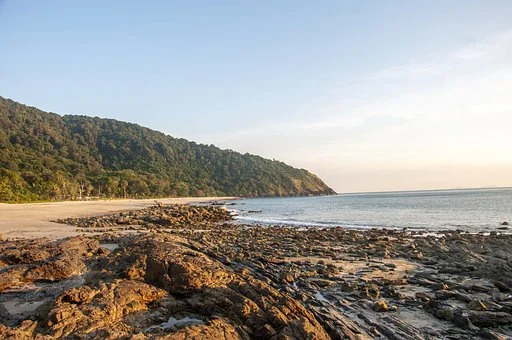
Koh Lanta: analysis of a media crisis.
The contestants of this famous reality game show (France’s version of Survivor) are, by law, employees of the production company and participate in the contest as part of a proper employment contract. In this sense, the death of a contestant from a heart attack on the first day of shooting on a beach in Cambodia, making headlines throughout the Easter weekend, is seen as an occupational accident, as it unfortunately occurs more than 500 every year in France. Without causing so much controversy nor even, most of the time, attract media attention.
Trying to explain the reasons for this significant coverage is highlighting some of the mainsprings of media crisis. It is the combination of a series of factors that transforms an accident into a media event.
First, the area of activity itself is playing an essential role: even if it has lost of its former glory, the TV industry continues to fascinate and media love to talk about other media … and especially about their difficulties. But beyond this basic factor, the interest and emotion raised by the drama come from the contradiction between the purpose of the activity, a television entertainment, and its tragic consequences. Dying for a game on a paradise beach … the absurd reinforces the tragic.
The second factor is of course the notoriety both of the show and of the channel that broadcasts it. To be given the opportunity of attacking or questioning the reality TV show which holds the largest audience on the leading channel of the French broadcasting landscape is enough to mobilize both the energy of those who seek to prove the existence of a scandal and the attention of a wide public on what they claim.
The third point is what is referred to in our business as the unfolding of a “storyline”, a cycle of actions and reactions that sustain media interest. The death of the contestant quickly led to the decision to cancel the show and to the subsequent announcement of the return of 200 people from the production team. In the following days, and after some anonymous revelations were posted online by supposedly other contestants, rumors questioning the way the production managed the situation when the heart attack occured and the way emergency medical care provided assistance or not started to spread. The controversy took a tragic turn on the eve of Easter weekend with the suicide of the production’s doctor who justified his extreme act on a note saying that he refused to endure the flood of comments relayed on social media including Twitter and Facebook and on the news website Arrêt sur Images.
As a result, the debate shifted towards media responsibility, a topic that always generates significant media coverage. Encouraged by the statements made by the production company saying that “this tragic event should encourage those who accuse and comment indiscriminately to exercise responsibility,” commentators started to turn to certain sites or blogs filled with statements that are not always verified and “heat of the moment” reactions made by web surfers, with no filter to balance the weight of words.
To these events shall be added some circumstantial evidence such as the lack of news stories on Easter weekend for the media despite the strong presence of Pope Francis or the communication errors made by the production company who, after remaining silent for too long, may have given the impression of exploiting the suicide of the doctor in its statements. All the components of a good media crisis were gathered. With a limit.
As in most media crisis, that one did not last more than 72 hours as Jerôme Cahuzac’s confessions on Tuesday afternoon pushed the issue into the background.
